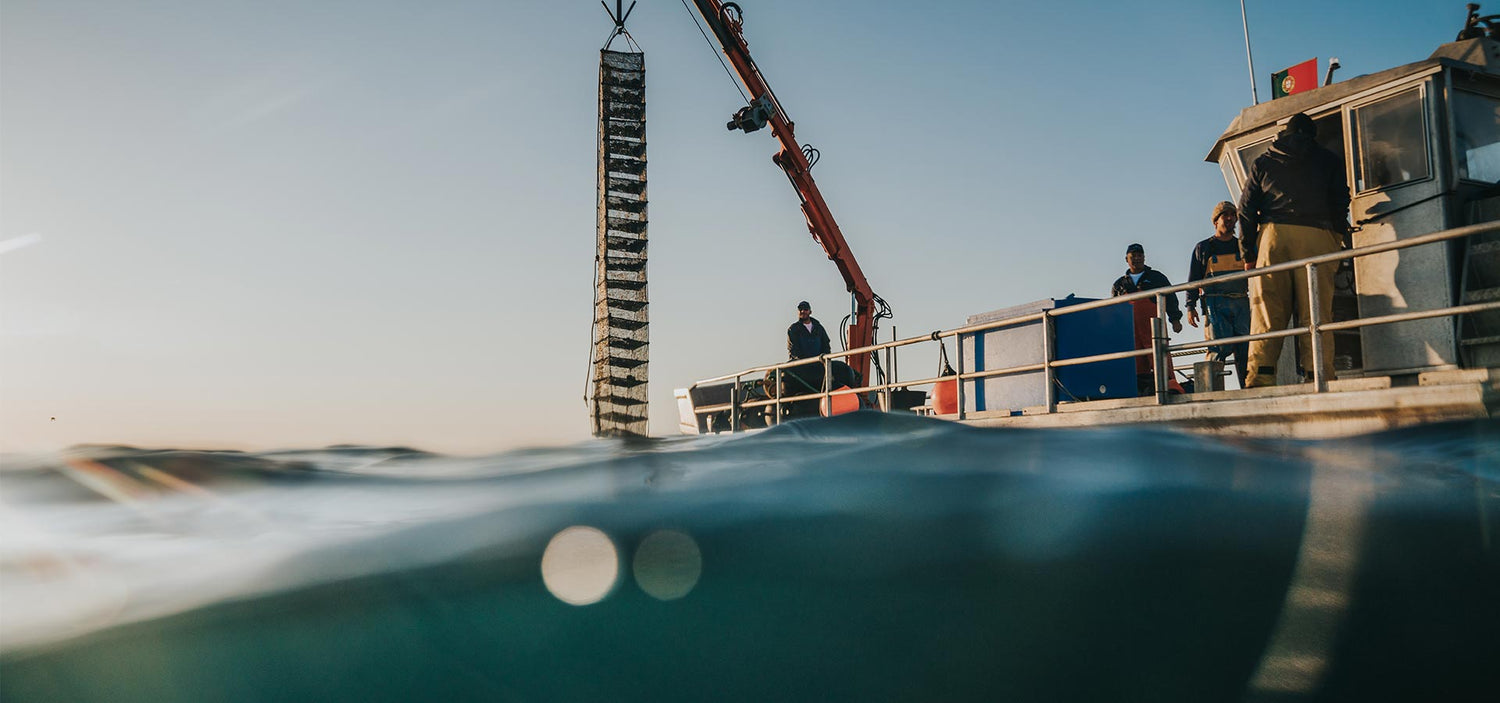
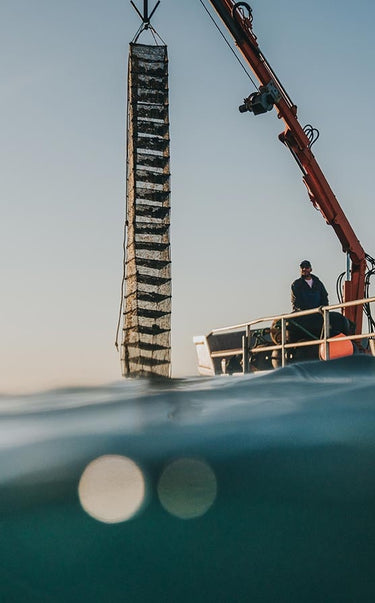
Born in the hatchery.
Grow in the open sea
farm in the Atlantic Ocean.
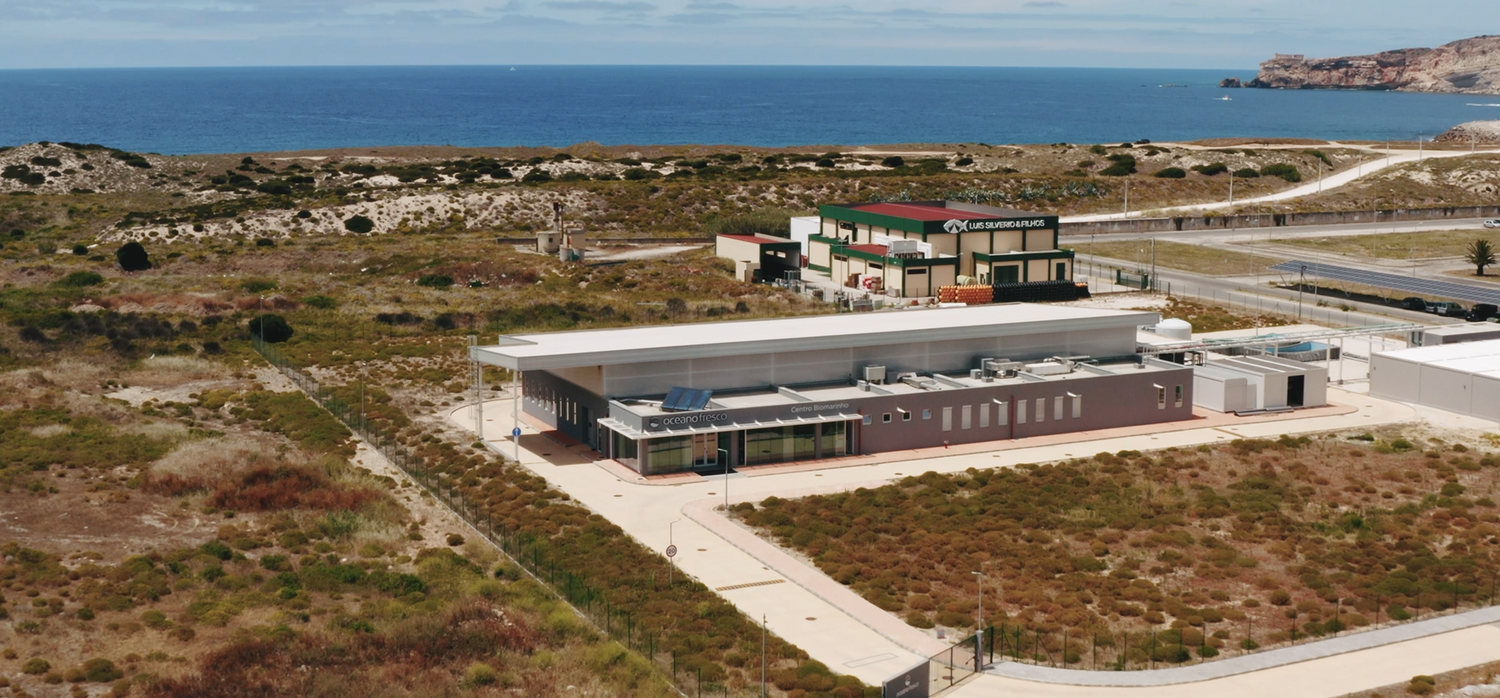
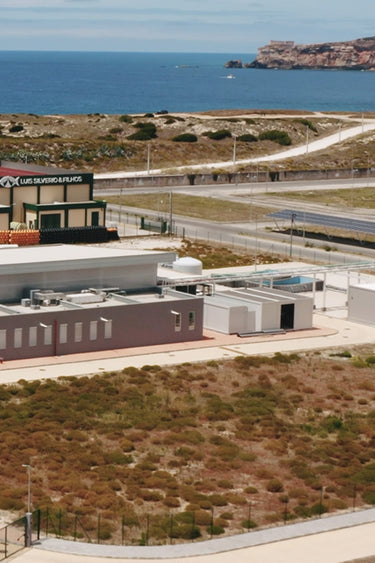
HATCHERY
Located in the Biomarine Center in Nazaré.
Replicates the ideal conditions found in nature where clams reproduce according to their biological inclination and grow until they reach the seed stage. It benefits from direct access to the high-quality waters of Nazaré, with continuous renewal even near the coast.
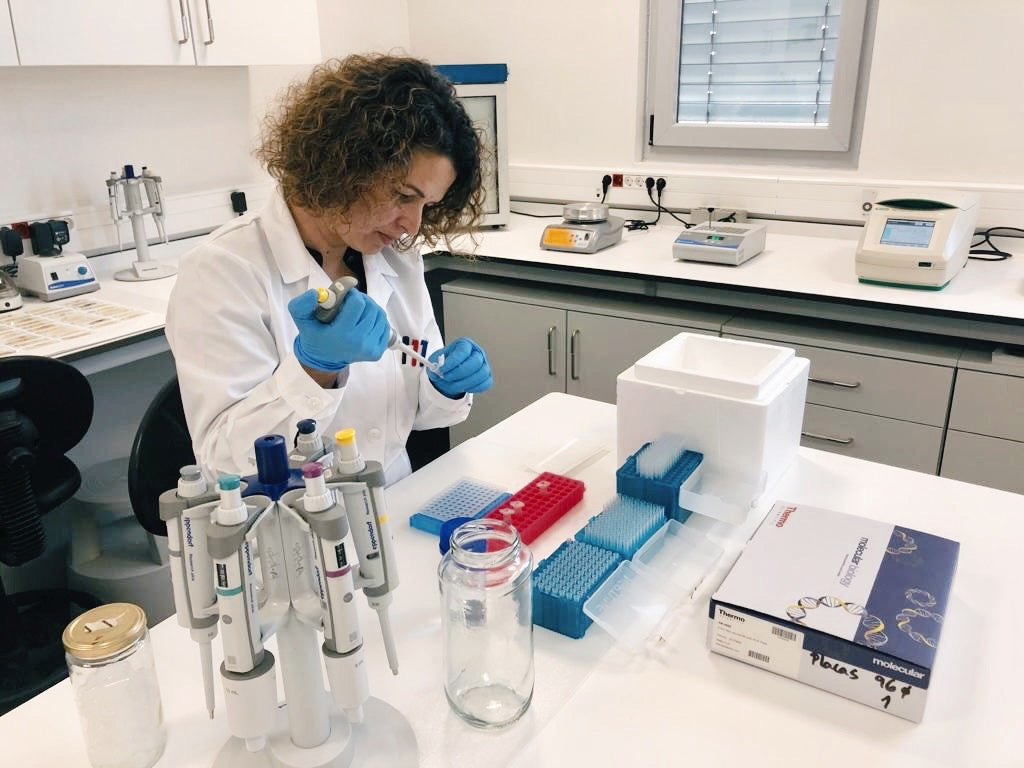
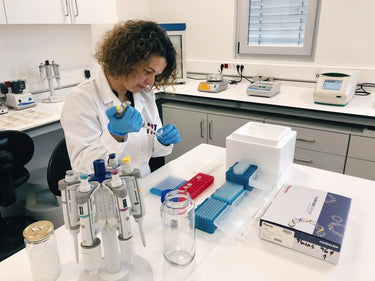
HATCHERY
Research and Development (R&D)
We develop R&D projects in the fields of cultivation, genetics, and pathology. We apply a scientific program of selective breeding for the species Ruditapes decussatus. We work in collaboration with various universities, research centers, and other external partners in innovation.
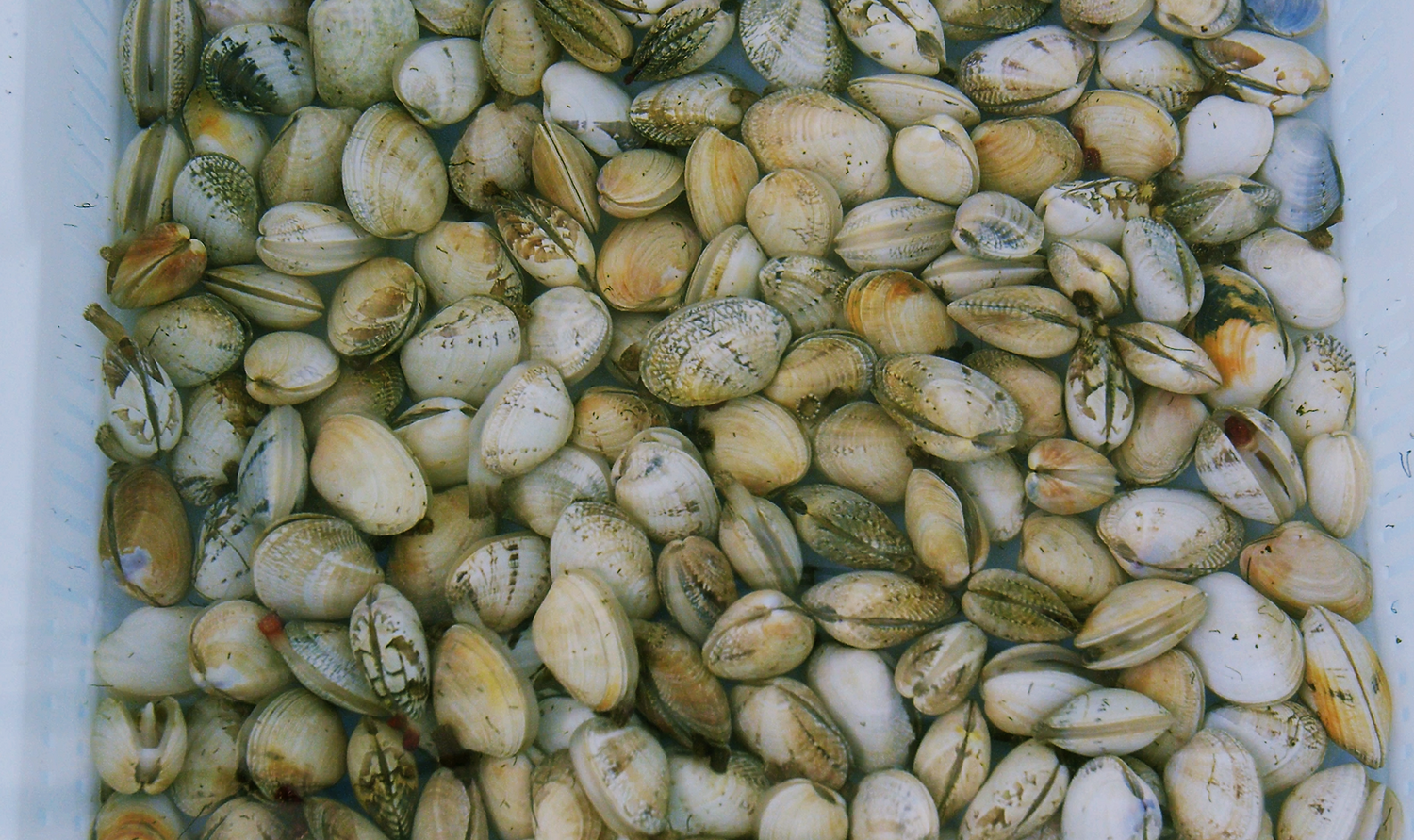
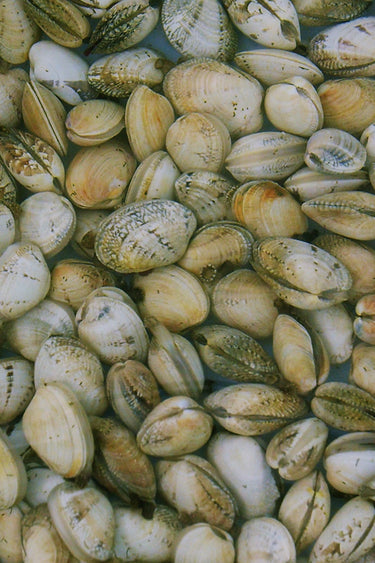
HATCHERY
Broodstock Room
The life cycle begins in this room where breeders from various sources, including from our own open sea farm, spawn in the water in large quantities.

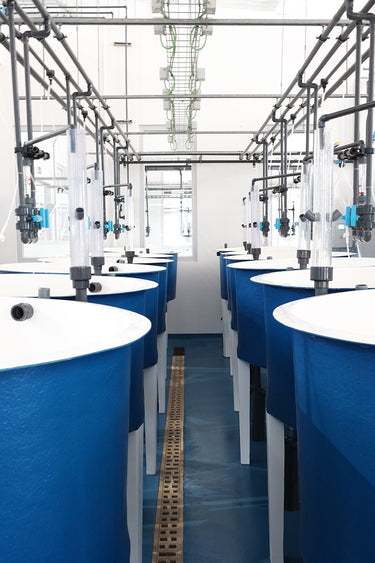
HATCHERY
Larvary room
This phase is critical and requires thorough control to assist in the transformation from larvae to seed. The metamorphosis includes the formation of the shell, siphons, and foot.
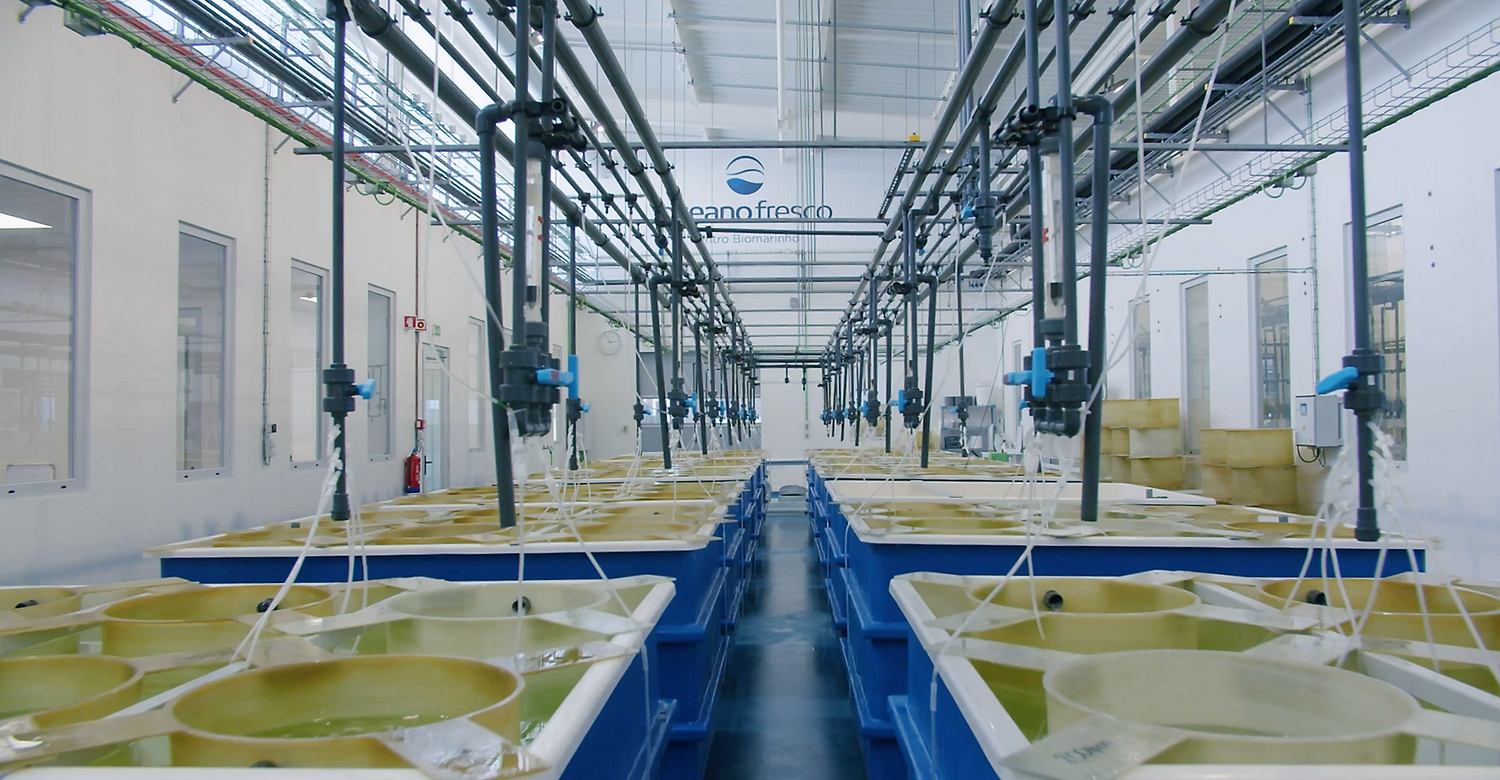
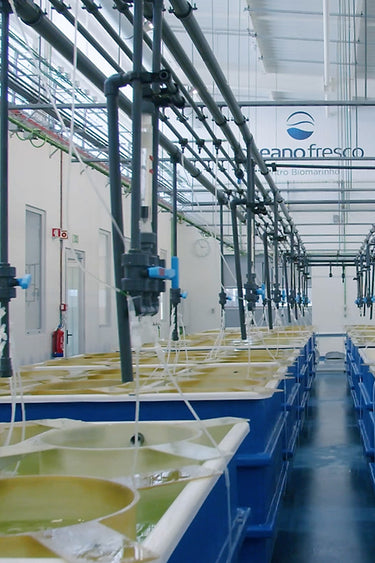
HATCHERY
Seeds room
The clams grow in the hatchery under controlled and high-quality conditions. By cultivating them through a continuous process, we are able to send out seed throughout the year.
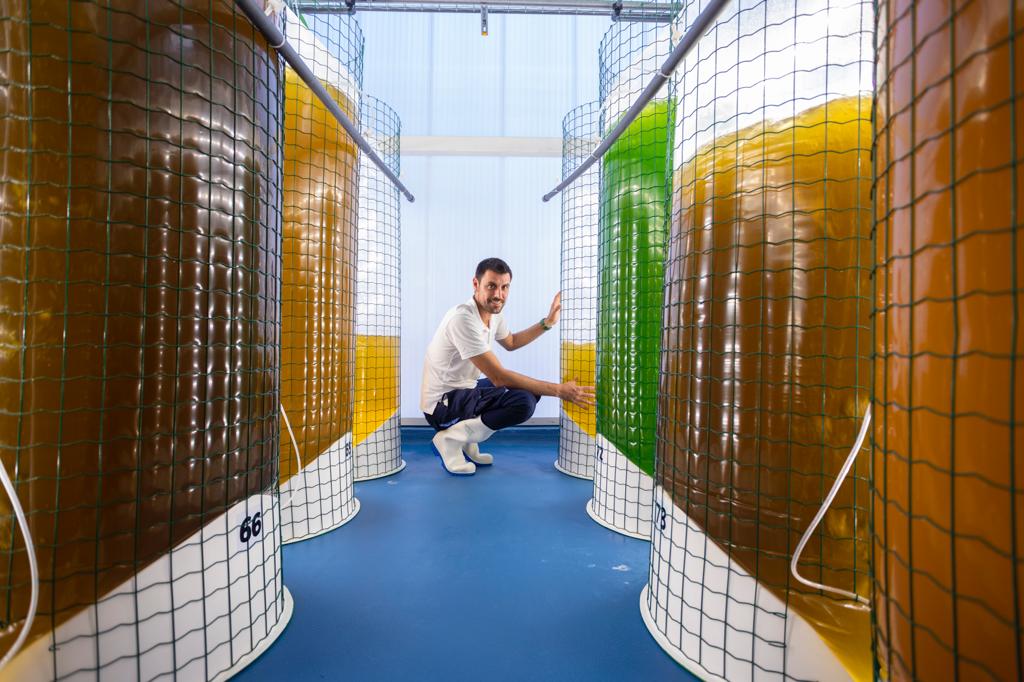
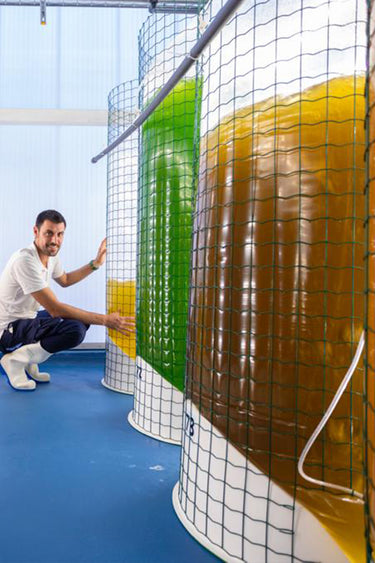
HATCHERY
Phytoplankton
The clams are exclusively fed with phytoplankton. We cultivate various species in our facilities, thus improving the diets of our clams.
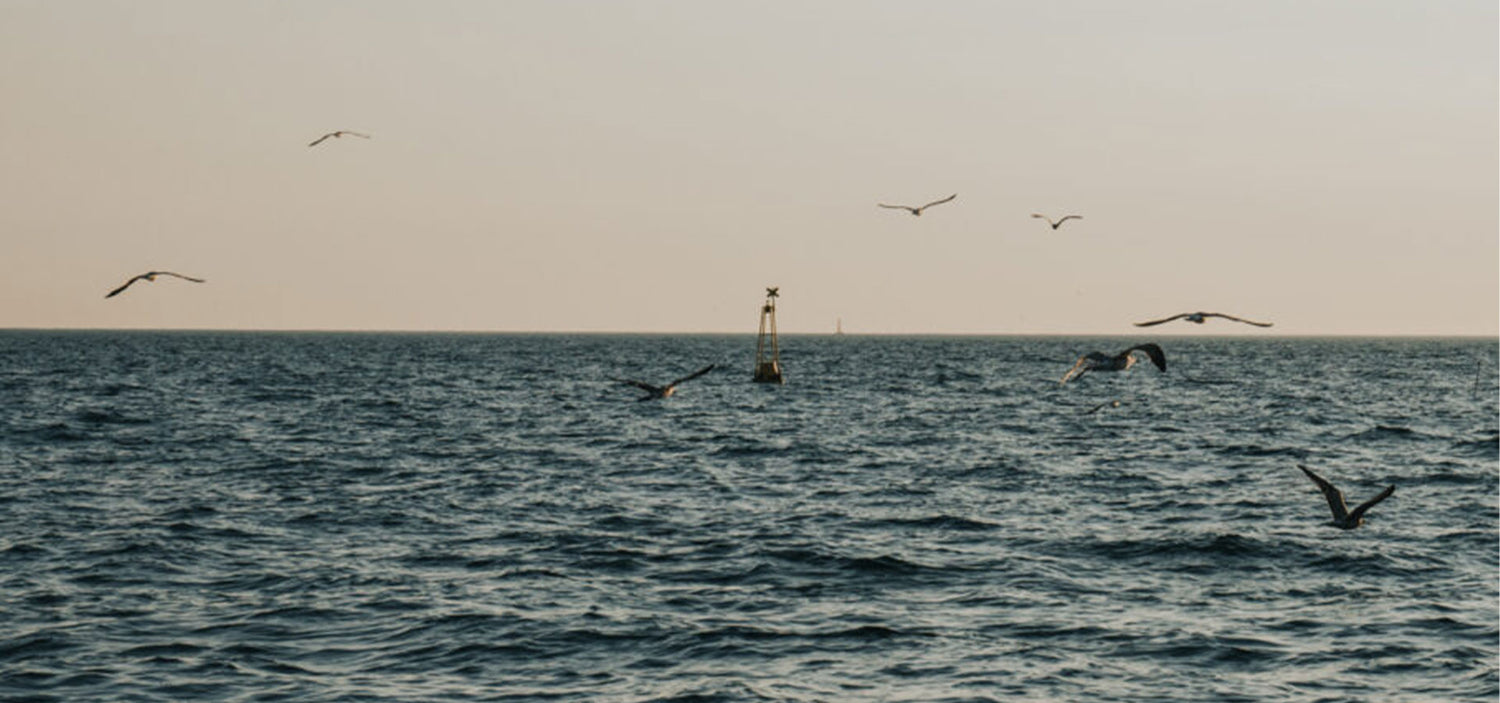
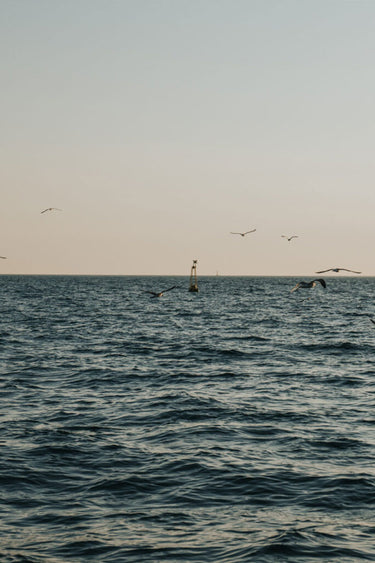
OPEN SEA FARM
Located in the Atlantic Ocean, Algarve
Our open sea farm is the first in the world to cultivate clams. Located in the Atlantic Ocean, 3.5 nautical miles off the coast of Lagos in the Algarve and it covers 100 hectares, allowing for grow-out and harvesting throughout the year.
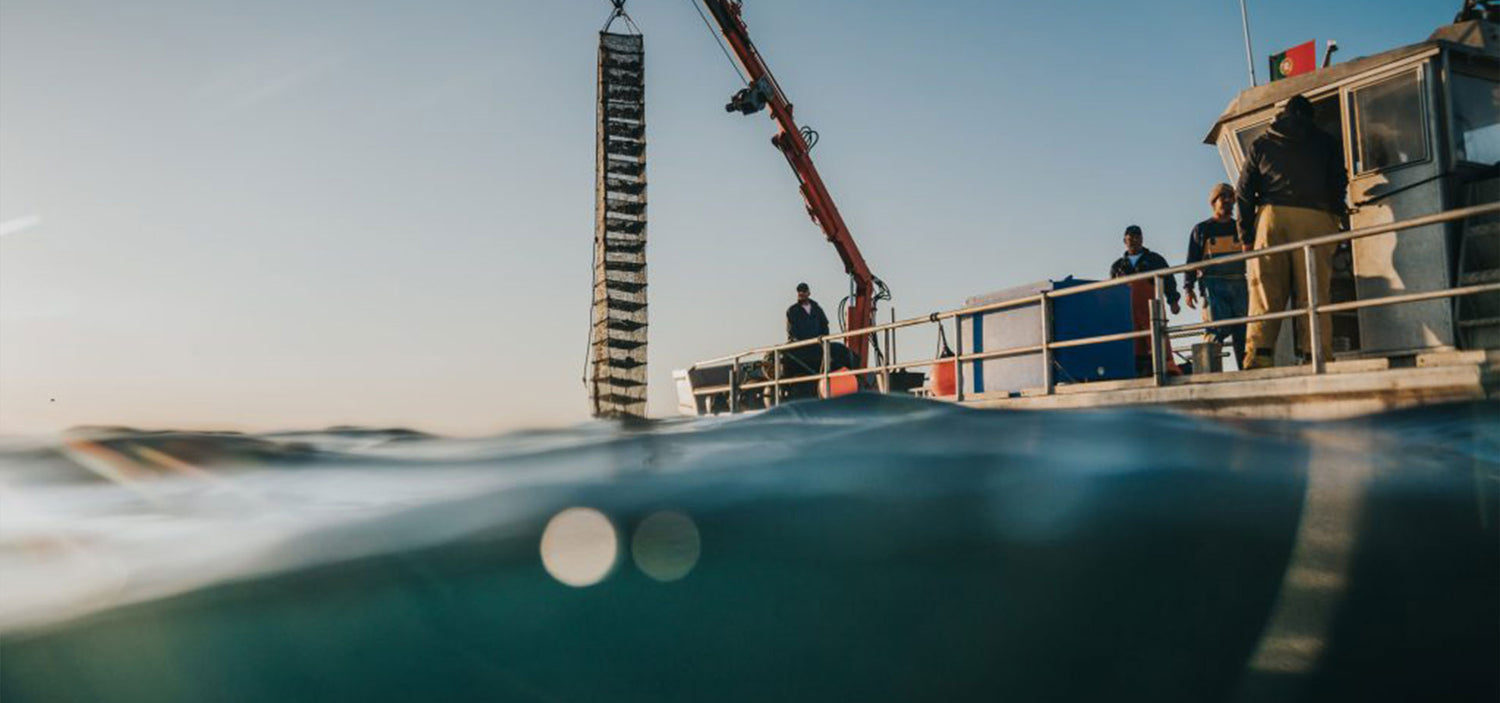
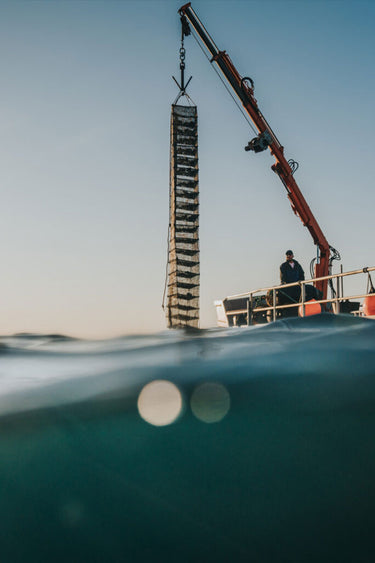
OPEN SEA FARM
Clams from the open sea
The high-quality waters in our open sea farm have an official "Class A" rating by IPMA. It benefits from ideal conditions such as mild temperatures, abundant food supply, and constant water renewal, which contribute to the growth of high-quality open-sea clams.
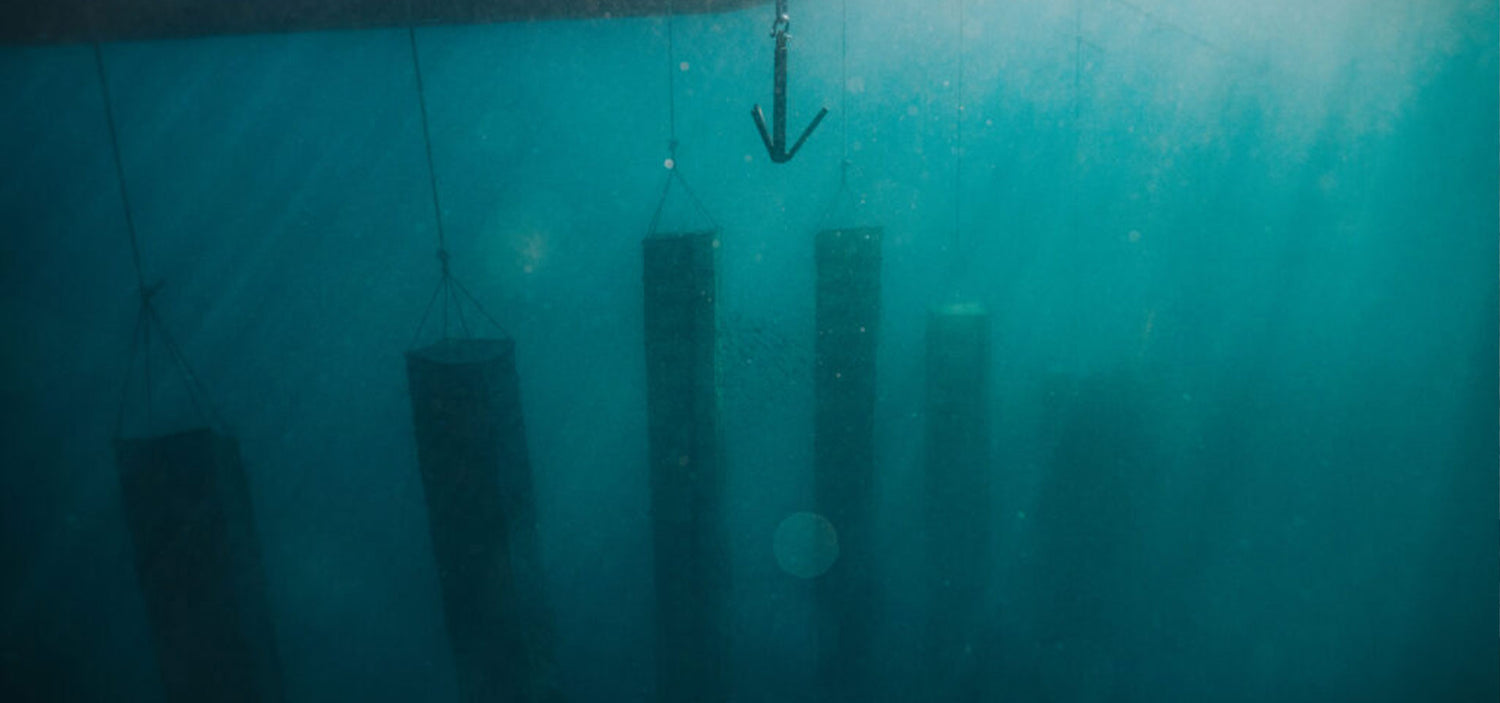
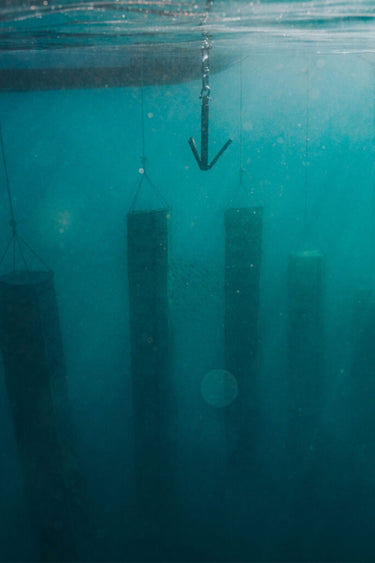
OPEN SEA FARM
Vertical farming with
suspended lanterns
suspended lanterns
We suspend lanterns along the longlines, creating a shelter for our clams to grow naturally submerged in the Atlantic Ocean.
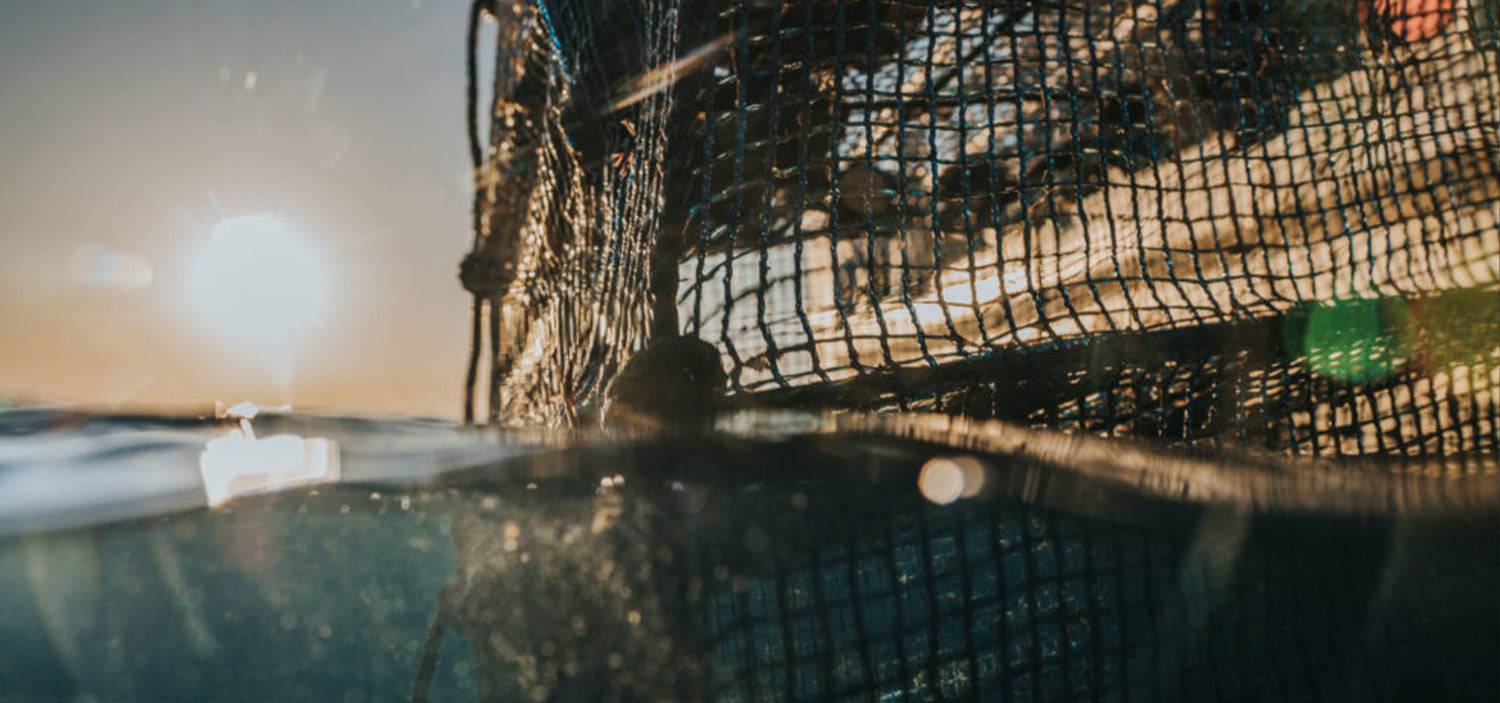
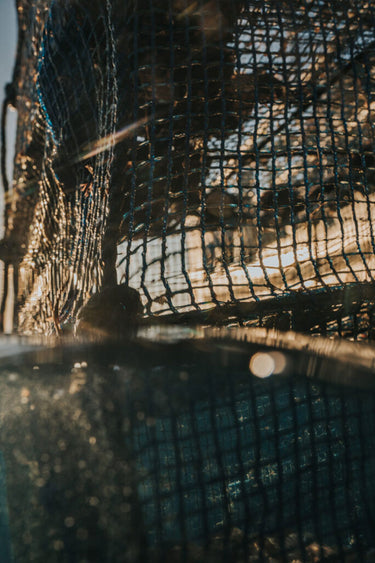
OPEN SEA FARM
Phytoplankton natural food
The clams feed exclusively on naturally abundant phytoplankton in the open sea, due to upwelling. In contrast to other sources of protein, in bivalve aquaculture, we do not use inputs such as feed or antibiotics.
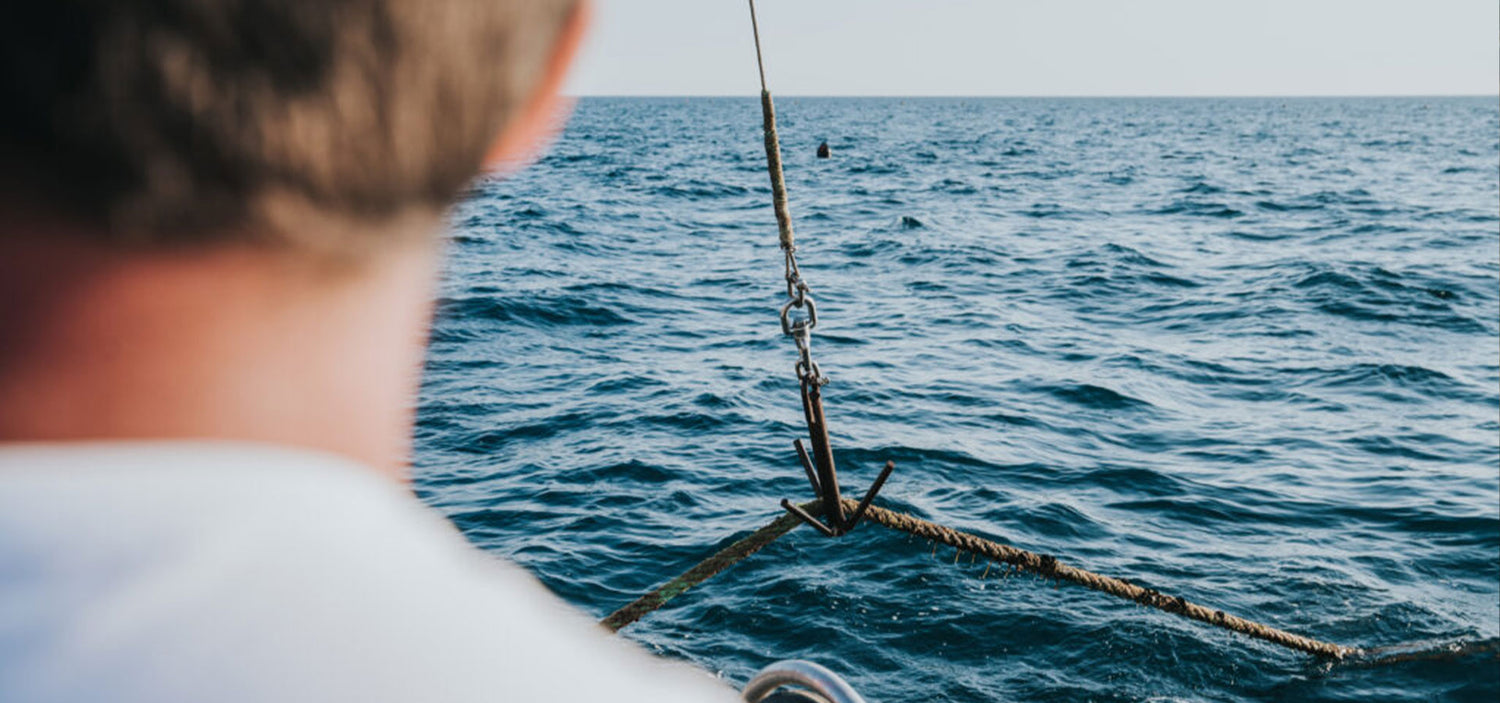
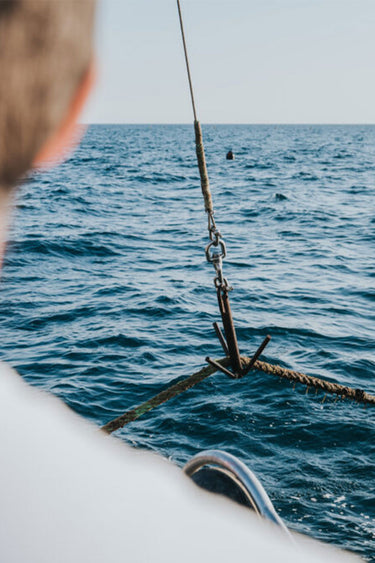
OPEN SEA FARM
Farming activities
The team carries out various activities on land and at sea, where "boats are our tractors." Grading and biofouling control activities are critical to enable the natural growth of clams.
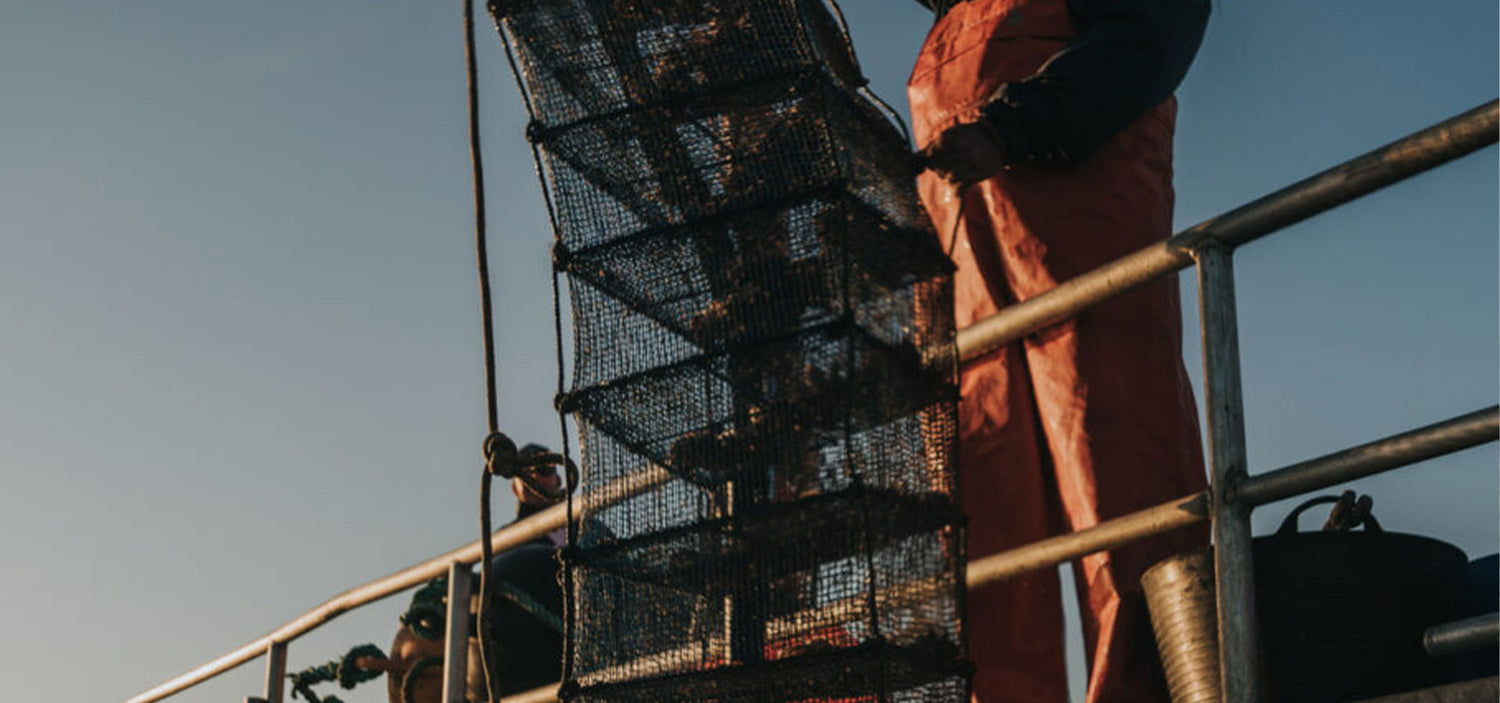
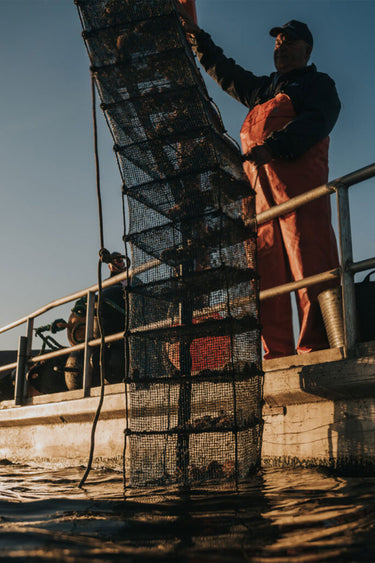
OPEN SEA FARM
Continuous farming
We can sow, cultivate, and harvest all year round. The clams continue to grow even after reaching the minimum commercial size.
Clam Life Cycle
From spawning to adulthood.
The life cycle begins in the hatchery in Nazaré.
The first step is the conditioning and spawning of the breeders.
The second step is larval cultivation until metamorphosis.
The third step is seed cultivation in the hatchery and in the nursery.
After a few months, the seed is transferred to the open sea farm on the coast of Algarve to continue its growth. The seed then spends most of its life growing in the open sea until it reaches the minimum commercial size, which depends on seasonality and environmental and cultivation conditions.
